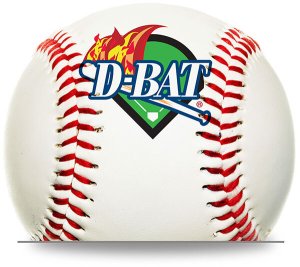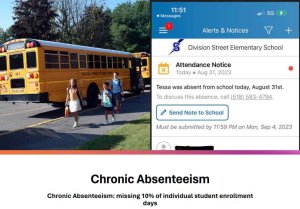A hit in the head can become a traumatic brain injury. American high school football and girls soccer are under the microscope because of frequent head injuries.
The possibility of a concussion has become an increasing issue in the world of sports with games that involve any type of physical contact. There are now programs backed by the research being developed in an attempt to solve this dilemma.
One such program called “Heads Up” is an organization focusing on the symptoms through awareness and the reasons behind these injuries. The program is trying to get parents and coaches to be aware of what to expect and what to do. There's an online mini-course with a certificate that is recommended.
Although soccer is a relatively safe sport, the game does involve contact. Contact could come from player-to-player, player-to-ground, player-to-goalpost and player-to-ball. The American Academy of Pediatrics concluded that the contact that occurs while playing soccer is at the same level as during boxing, football, ice hockey, lacrosse, wrestling, field hockey and yes, even rodeo.
Head injuries account for between 4 percent and 22 percent of all soccer injuries. The questions are simple: Can this contact cause brain damage? What is the damage?
A concussion may occur when someone’s head strikes an object. The results might be that an athlete might lose consciousness or suffer memory loss and appear confused. So, can heading the ball cause damage? There is a strong possibility that heading may have caused neurological problems in soccer players. Most of the data that I have read indicates that some players at the elite levels have had symptoms over a long career in the sport. But there has not been as many cases at the younger levels, like scholastic and travel team.
There is a move in the development of a helmet that would protect the soccer players at the lower levels. In some states, players, mainly girl’s teams, have been using helmets for the past five years or so, but their usefulness has not been completely tested.
It used to be that in professional ice hockey the players of the NHL did not wear head gear. But in 1979, then President John Ziegler announced that protective headgear would be mandatory. At first the players rebelled because it used to be optional. It now has become part of the uniform and there are no questions about why any more.
The use of headgear for safety in contact sports has been around for decades and a very necessary element. Baseball, softball and football have used this technology for a long time, especially on the gridiron. American football is a sport that has had a history of a changing technology in the development of helmets just to make them safer. Currently, the new helmets are by far the safest ever used.
What is happening in football is that the players have become bigger and stronger at practically every level. Since hitting your opponent is a factor in the sport of football, to some degree head injuries are still occurring.
There are new NFL rules for safety with penalties, suspensions and fines relating to tackling and hitting.
At the collegiate and scholastic levels, they have become more restrictive on illegal hits that relate to the head. These restrictions and rules have proven to be effective because the statistics show some reduction in head trauma. But there is still a long way to go and more research is being done to protect the players, which hopefully will make the game for younger kids safer.
If an athlete has had a concussion, their brain needs time to heal. It’s not safe to play with a brain injury and rest is the key after any brain trauma. One question that needs to be asked before a season or tryouts begin: Did the participant ever have a concussion? If they have, then you need to see their medical records.
Rules in contact sports are changing, for the good, with new techniques being taught for the protection of the athletes. But no matter how cautious we become there is always the possibility, in a contact sport, of an injury related to the head.
With all of the youth programs across the country, coaches and parents need to educate themselves on what the symptoms and preventative measures are.
Know your concussion ABCs: Assess the situation, Be alert for signs and symptoms, and Contact a health care professional.
If you have concerns, or you want to coach at any level, you should check out the “Heads Up” online training course.



























 How to resolve AdBlock issue?
How to resolve AdBlock issue? 









